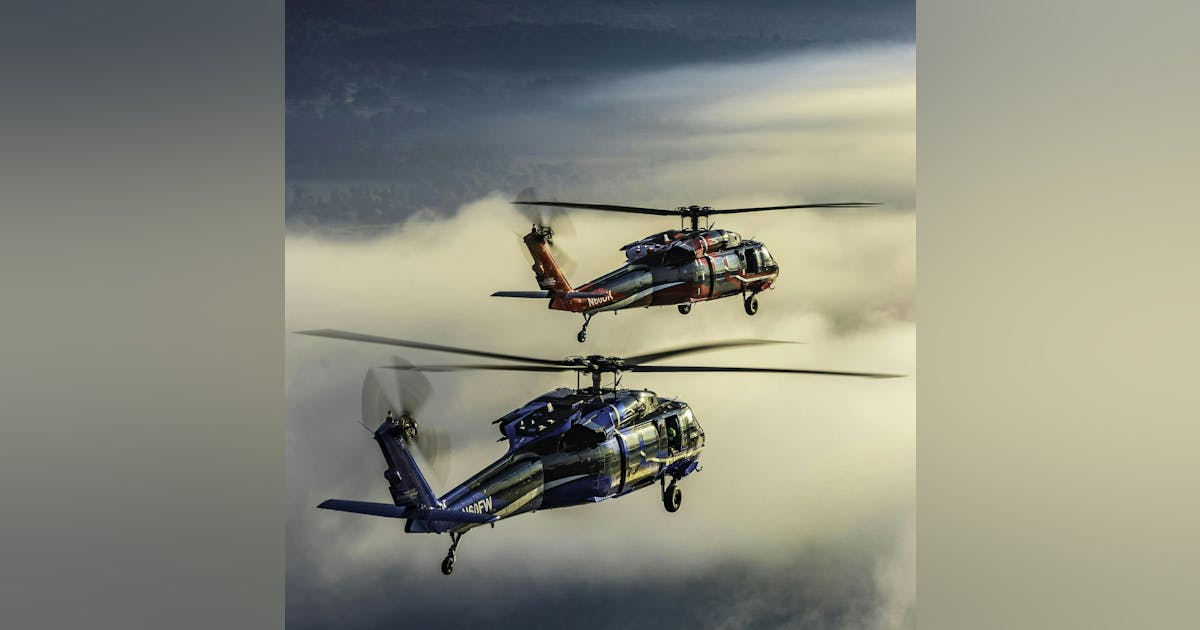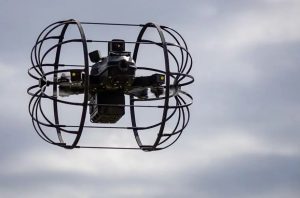How CAL FIRE Is Pioneering ‘Optionally Piloted’ Aerial Firefighting: A Guide to the Future of Wildfire Response
Fire On the Frontlines: Why CAL FIRE Looks to the Skies
California is no stranger to wildfires, and when the stakes involve thousands of homes, precious wildlife, and human lives, the speed and safety of responses are crucial. Enter CAL FIRE’s renowned aviation program: possessing the world’s largest civil aerial firefighting fleet, it operates over 60 aircraft including both fixed-wing and rotary types, often reaching remote fire sites within 20 minutes. Their primary objective is to contain 95% of wildfires to 10 acres or less, thereby preserving lands and lives.
The challenge, however, is ever-evolving. Extreme conditions, nightfall, smoke, and human endurance provide limitations, leaving up to 16 hours daily where pilots cannot fly. This is where optionally piloted aircraft come into play, combining human and automated capabilities for a new era in wildfire response.
What Does “Optionally Piloted” Mean?
Optionally piloted aircraft (OPA) transcend conventional drones. These aircraft can be controlled by a human pilot or operate autonomously from within the cockpit or from the ground. For CAL FIRE, this capability means:
- Single pilot operations with software assisting complex tasks.
- Remote operations without onboard pilots, ideal in high-risk or low-visibility settings.
- Seamless switching between manual and automated modes with pilots readily available to intervene.
This adaptability allows for deployment in perilous situations such as smoke-obscured skies or fast-moving fires, mitigating risk to pilots while retaining the advantage of human oversight.
Tech in Action: CAL FIRE’s Aerial Arsenal Gets an Upgrade
The CAL FIRE Fleet:
Includes Grumman S-2T tankers, Bell UH-1H Super Hueys, Sikorsky S-70i Firehawks, North American OV-10A Broncos, and C-130 Hercules airtankers, all stationed across 14 air tanker and 10 helitack bases, prepared for duty.
Skyryse’s SkyOS:
CAL FIRE is partnering with Skyryse to implement their SkyOS—a universal system to retrofit aircraft for “optionally piloted” functions. This allows single-pilot or remote operations, enhancing training opportunities and future automation across various aircraft models.
Sikorsky’s MATRIX & Rain’s Wildfire Autonomy:
Sikorsky and Rain demonstrated in California the capacity of their systems to autonomously detect fires, design suppression strategies, and execute precise water drops. These trials utilized a Black Hawk variant similar to CAL FIRE’s S-70 Firehawk, revealing the potential for effective autonomous firefighting even in challenging conditions like darkness and adverse weather.
Why Optionally Piloted Aircraft Are a Game-Changer
- Safety First—For Pilots and Firefighters
Flying in dense smoke or at night is perilous. Optionally piloted aircraft minimize human exposure and deliver payloads accurately where needed most. - 24/7 Firefighting
Normally confined to daylight, firefighting can now continue into night thanks to advanced sensor-equipped aircraft capable of penetrating smoke and darkness, enhancing support for ground crews. - Nighttime and All-Weather Response
Fires are often weaker at night. Deploying aircraft during these times means striking when fires are most vulnerable. - Enhanced Mission Flexibility
From initial attack to firefighter extraction, optionally piloted helicopters (OPH) are versatile, overcoming limits of human safety and endurance. - Faster, Smarter, More Efficient
Flight computers and AI enable quick reactions to changing conditions, precise flame targeting, and accurate fire retardant or water delivery, potentially saving significant resources and wilderness acreage.
Real-World Case Study: Autonomous Firehawks and Black Hawks in California
In 2025, Rain and Sikorsky undertook wildfire suppression missions using an autonomous Black Hawk helicopter in Hesperia, California. The missions coordinated with human-piloted helicopters and engaged with live fire scenarios in real-time.
Key Highlights:
- The helicopter autonomously detected fires and carried out suppression plans under dynamic conditions.
- CAL FIRE and local authorities assisted in trials to assess integrating autonomy into real-world wildfire response strategies.
Chief Dan Munsey of San Bernardino County Fire stated: “Rapid suppression on initial attack is our most effective tool to keep wildfires small. Autonomous aircraft—both crewed and uncrewed—expand flexibility and capacity for on-the-ground commanders, ultimately safeguarding lives and properties.”
The Technology at Work: What Makes These Systems Special?
- SkyOS (Skyryse): Versatile retrofit system enabling various aircraft to function in optionally piloted modes.
- MATRIX (Sikorsky): High-tech flight control for full autonomy or remote operation, validated in both military and civilian sectors.
- Rain’s Wildfire Autonomy: AI-driven mission management directs firefighting initiatives with precision and real-time responsiveness.
- Infrared Sensors: Facilitate fire detection through smoke and darkness for improved suppression fidelity.
- Military-Grade Encryption: Ensures operational security, preventing unauthorized access even in contested zones.
Challenges and the Human Factor
Despite technological advances, several issues persist:
- Funding: Widespread adoption hinges on governmental financial support, necessary for initial investment yet poised for long-term cost savings.
- Regulation: Integrating optionally piloted aircraft within crowded airspaces demands careful safety management for both manned and unmanned vehicles.
- Training and Acceptance: Pilots and commanders are adapting to embrace these innovations, blending human skills with technology for operational excellence.
What’s Next? The Road Ahead for CAL FIRE
By 2027, broader deployment of SkyOS and similar technologies is anticipated, with other entities, including the U.S. Army, considering fleet upgrades. Demonstrations and pilot programs are expected to grow, addressing the increasing frequency and intensity of wildfires.
The Human Touch: Real Experts, Real Results
Behind these technological strides stand dedicated teams—CAL FIRE’s professionals mastering and refining these tools globally. Collaborations with companies like Rain, Sikorsky, and Skyryse are melding innovative autonomy with real-world expertise.
“Being optionally piloted allows the pilot to focus on the primary mission—effectively fighting fires while retaining maximum situational awareness in chaotic environments.” – Curry, Skyryse
Want To Know More or Get Involved?
If you’re intrigued by aerial firefighting advancements, passionate about drone technology, or eager to see how California is redefining wildfire response, follow updates from CAL FIRE and partners. This evolving narrative highlights the synergy of drones, pilots, and AI—progressing now, every wildfire season. Welcome to the new age of firefighting.













